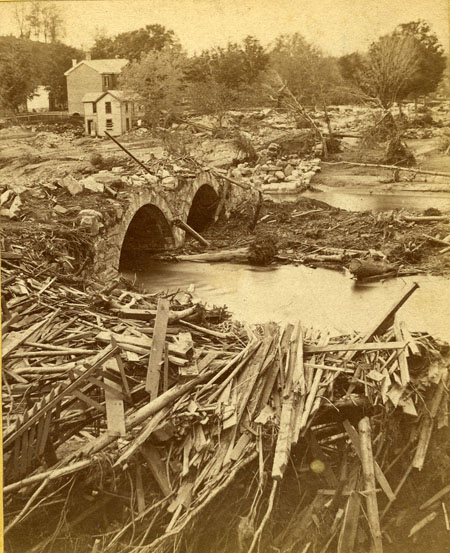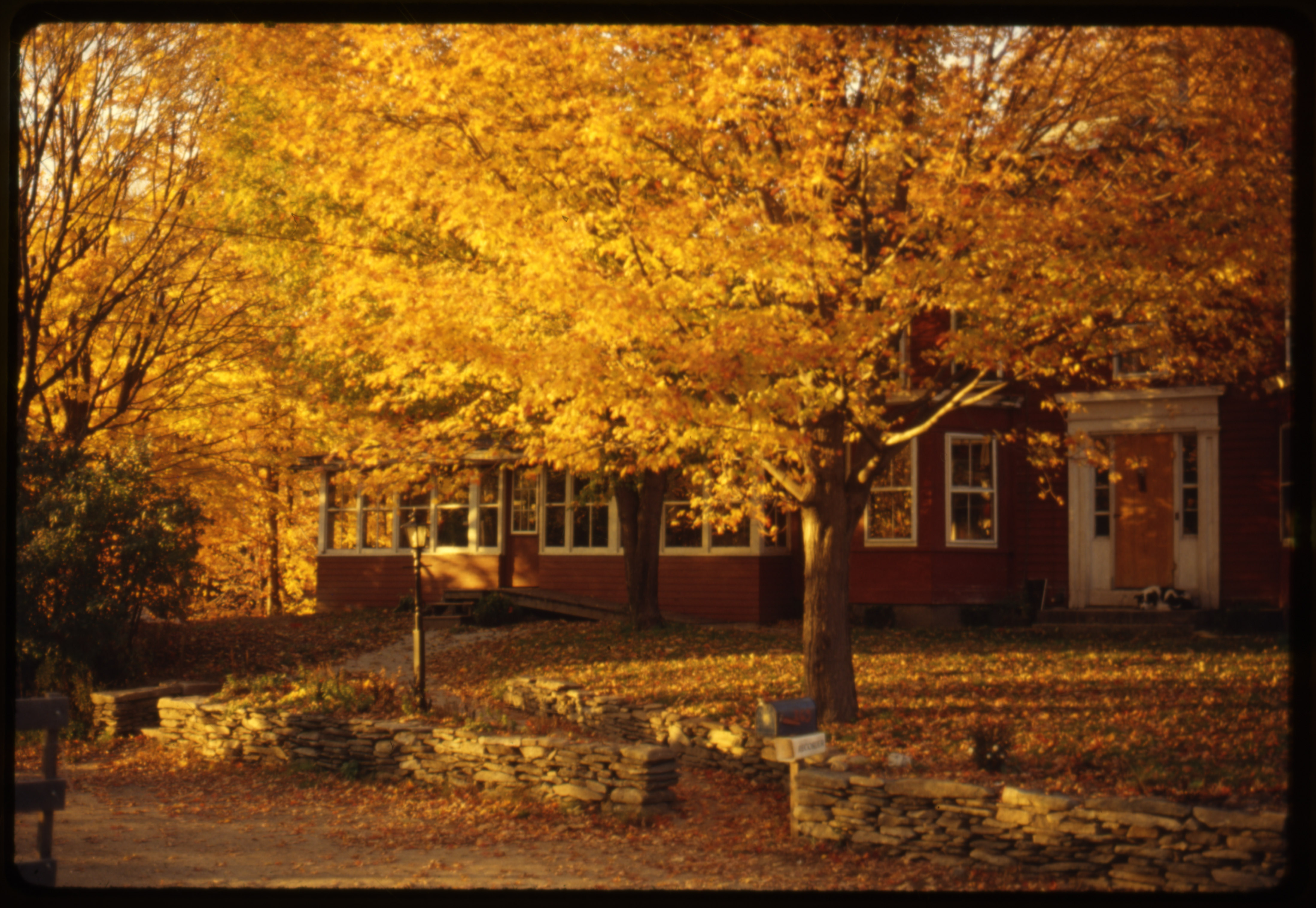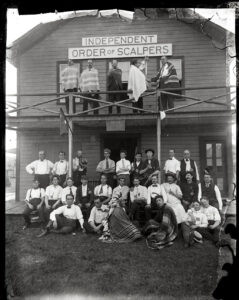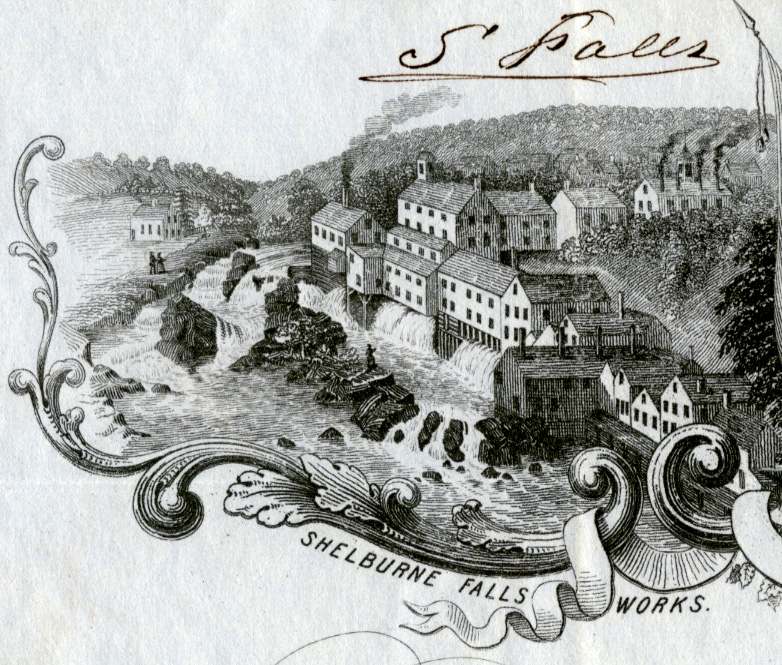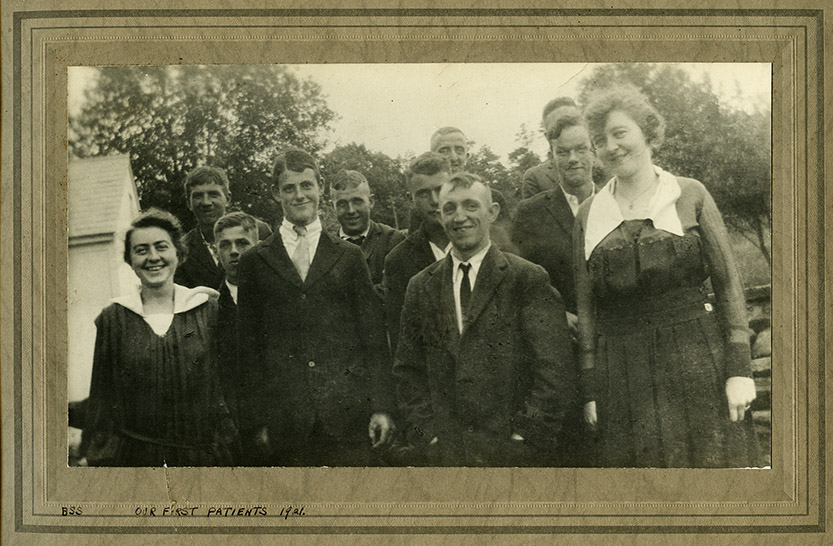J. P. Konsevich Photograph Album
1934-1936
2 vol. .25 linear feet
Call no.: PH 098
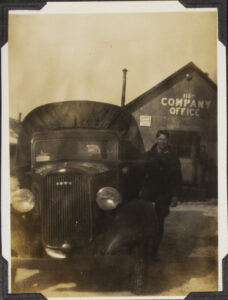 "J.P. Konsevich, Truck driver," ca. 1934
"J.P. Konsevich, Truck driver," ca. 1934
J.P. Konsevich, almost certainly Joseph Peter Konsevich (born Oct 22, 1921 in Millers Falls, Mass.; death May 9, 1988 in Westfield, Mass.), was one of the over 99,500 men to join the Civilian Conservation Corps (CCC) in Massachusetts. The Emergency Conservation Work (March 31, 1933 – Jan. 1, 1942; renamed, Civilian Conservation Corps in 1937) was just one of the many relief programs established by President Franklin D. Roosevelt to aid in the effort to curb rising unemployment and to lift the “spiritual” morale of the country. In Massachusetts the main work accomplished was in tree planting, firefighting, and tree and plant disease and insect control, although several recreational facilities were also built in the forests and parks. Konsevich served on one of the latter projects, as a member of the 116th Company, stationed at Camp S-62 in Wendell State Forest.
This combination of two homemade photograph albums thoroughly documents the CCC 116th Company, and their camp in Wendell State Forest. Of the over 800 photographs, 518 are identified, with the majority being portraits of the men at camp facilities. The local landscape of concern to the company is also featured, including the Connecticut River, Erving, Greenfield, Northampton, Northfield, Turners Falls, and especially documentation of the aftermath of the flood of March and April, 1936. A small set of photographs additionally document Konsevich’s presence at the Chicago World’s Fair (Century of Progress Exposition of 1933).
Gift of Charles L. Darling, August 2022
Subjects
Civilian Conservation Corps (U.S.)--Massachusetts--HistoryCivilian Conservation Corps (U.S.)--PhotographsCivilian Conservation Corps (U.S.). Company 116 (Mass.)--PhotographsFloods--Massachusetts--Franklin County--PhotographsFloods--Massachusetts--Hampshire County--PhotographsNew Deal, 1933-1939--Massachusetts--HistoryContributors
Konsevich, J. P.Types of material
Photographs


